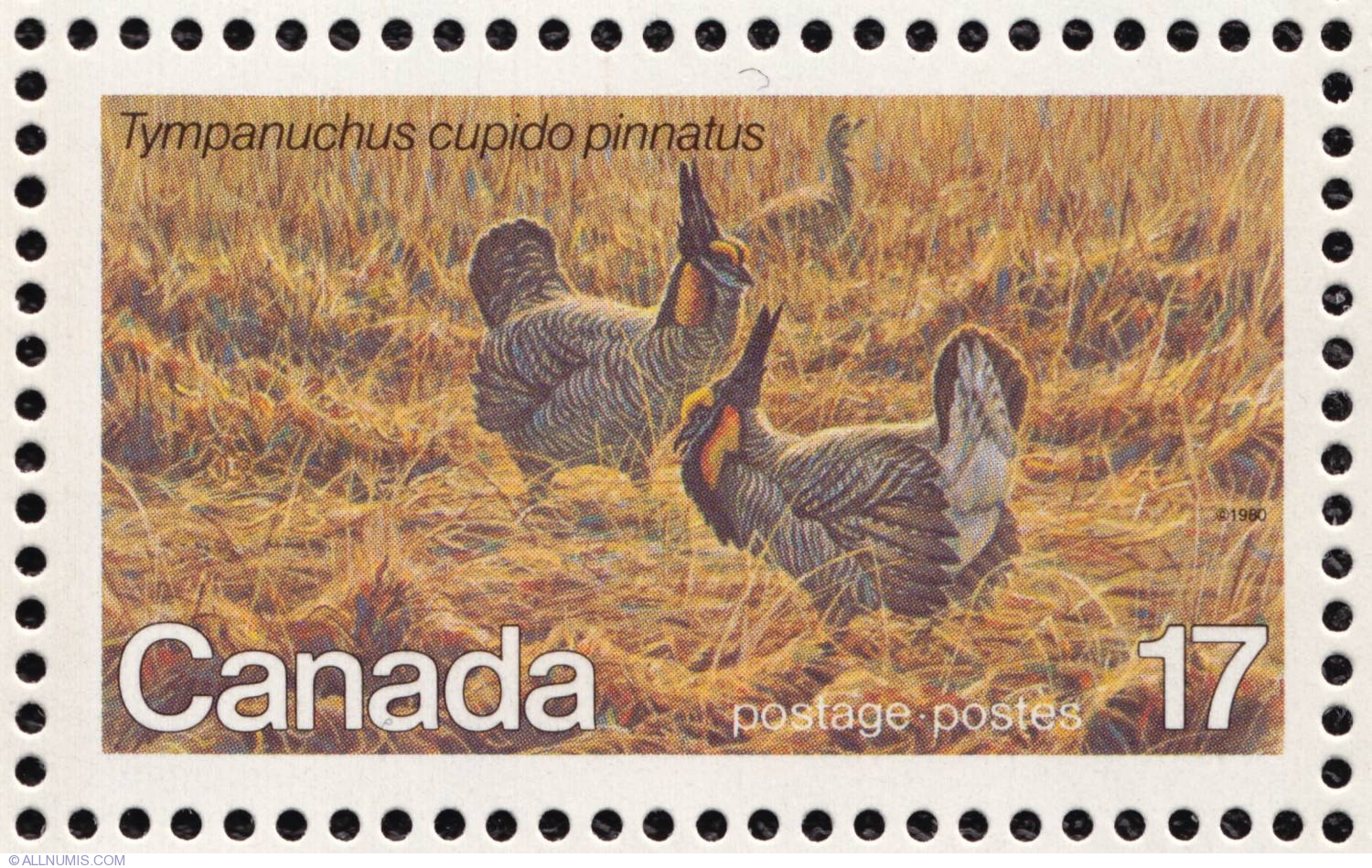Sharp-tailed grouse and prairie chicken hunters can again this year voluntarily submit samples for study by the Minnesota Department of Natural Resources. Ongoing DNR research is assessing prairie grouse exposure to chemicals called neonicotinoids. These are pesticides that, once applied, can move throughout a plant. Neonicotinoids are commonly applied to seeds before planting.
“We’re into our third year of this study assessing whether prairie grouse have been exposed to neonicotinoids by eating treated seeds or other ways,” said Charlotte Roy, DNR grouse project leader.
Thus far, 89 percent of 46 sharptailed grouse livers and 67 percent of 27 greater prairie-chicken livers collected have tested positive for at least one neonicotinoid. This is the final year planned for hunter-harvested sample collection.
Hunters can voluntarily submit whole frozen liver, breast muscle tissue, or entire carcasses from harvested sharp-tailed grouse and prairie chickens in zip-close type bags, along with the location where the bird was harvested (GPS coordinates preferred). GPS locations and personal data will not be made public.
Samples should be stored frozen in a sealed plastic bag after harvest and dropped off at a local DNR wildlife office by appointment during regular business hours. Visit mndnr.gov/contact/locator.html to find a local office.
Funding for the project is provided by the Minnesota Environment and Natural Resources Trust Fund as recommended by the Legislative-Citizen Commission on Minnesota Resources. More information about grouse hunting is available at mndnr.gov/hunting/grouse.
Source: Northland Press, September 20, 2017
http://www.northlandpress.com/DNRgrouse91917.html

- Login om te reageren
